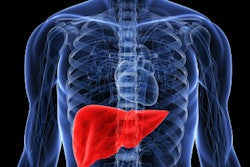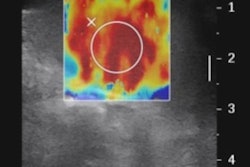A new ultrasound technique called time-harmonic elastography could help clinicians diagnose liver disease, and even replace the need for liver biopsies, according to research published in Radiology.
Researchers from Charité Universitätsmedizin in Berlin tested the technology in overweight adolescents, for whom nonalcoholic fatty liver disease is the most common chronic liver disease. As the disease progresses, excess connective tissue forms in the liver, a stage which is called fibrosis; ultimately the liver's cellular structure can be damaged and patients develop cirrhosis (Radiology, 15 May 2018).
Liver disease has traditionally been graded and staged using biopsied tissue, but time-harmonic elastography can measure liver fibrosis by assessing the organ's stiffness -- which could eliminate the need for a biopsy, wrote a team led by Dr. Christian Hudert.
The study included 67 adolescents with the disease. Hudert's group found that time-harmonic elastography accurately distinguished between patients with no fibrosis or mild fibrosis and those with moderate or advanced fibrosis.
Should the technology prove successful in further studies, it may eventually reduce the need for patients to undergo invasive liver biopsies, the team concluded.



















